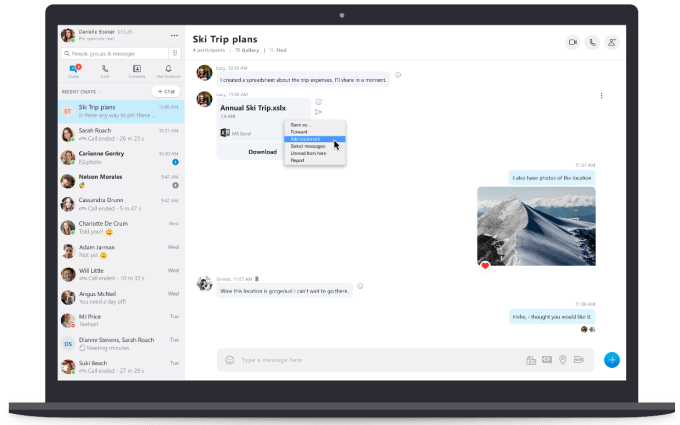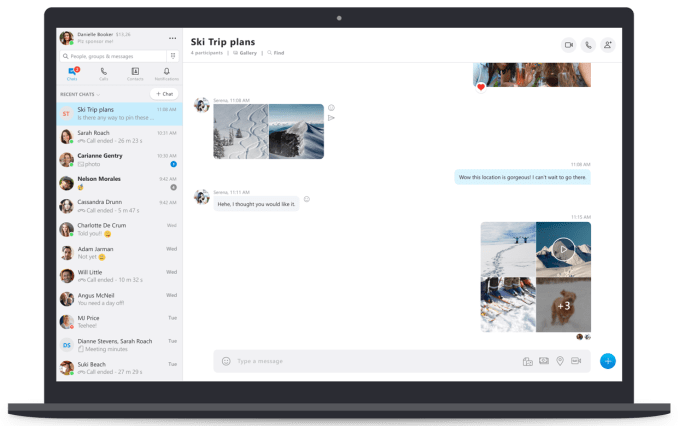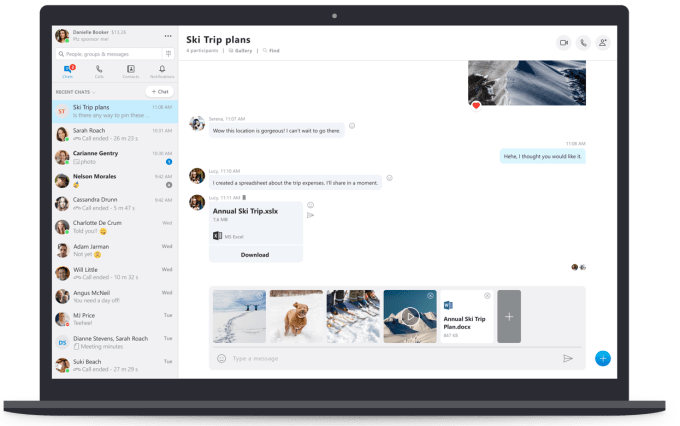Brands are often left to act like the person who searches for their keys under the streetlight simply because that is where the light is better. However, when brand marketers focus only on engaging with the customers they can more easily see — where online activity is visible — they risk overlooking the valuable opportunities hiding in darker spaces.
One of the most valuable of those dark web spaces is in the realm of what we call “microbrowsers” — the messaging apps like Slack, WhatsApp and WeChat. We call them microbrowsers because they display miniature previews of web pages inside private message discussions. These previews, also known as ‘unfurled links’, create your brand’s first impression and play a big role in whether or not the person on the receiving end will click through to buy, or read or engage.
Google Analytics lumps all microbrowser-generated web traffic into the ‘Direct’ bucket, which we often just ignore. This means we look for customers where we know how to create campaigns easily — on Facebook, Twitter and Instagram, and buying Google Ad Words.
And as more people rely more heavily on messaging apps for primary communication, these link previews from microbrowsers are becoming the leading segment of your direct traffic visitors. In Cloudinary’s 2019 State of Visual Media Report, which drew on data from more than 700 customers and 200 billion transactions, we found that 77% of link sharing in Slack occurs during working hours and that the vast majority of the click-throughs are reported as ‘direct’ traffic. The rise of microbrowsers gives us an opportunity to engage and attract customers through word of mouth discussions.
The good news is that the ‘leads’ that microbrowsers send to your brand site are usually highly qualified and close to the bottom of the traditional sales pipeline funnel. When consumers arrive on your site they are often ready and eager to buy (or read, view and listen to your content).
Whether it be for sneakers, tickets to a concert, a birthday gift idea, or an article to read — a trusted peer recommendation typically happens in that fleeting moment when the appetite to buy is right now. That isn’t just valuable, it’s the holy freaking grail!
Top tips for creating links that engage
The way to get the most value from microbrowser traffic is by helping along this peer influencing that happens in the dark. By creating compelling, informative links with images, video and text information specifically for microbrowsers, you increase the likelihood that peer-to-peer recommendations in groups convert into sales and reads.
What follows are some top tips to ensure that the links unfurling within microbrowsers have the greatest impact.
First, remember the golden rule: your audience is human. When creating content for microbrowsers, design it for humans, not machines.






